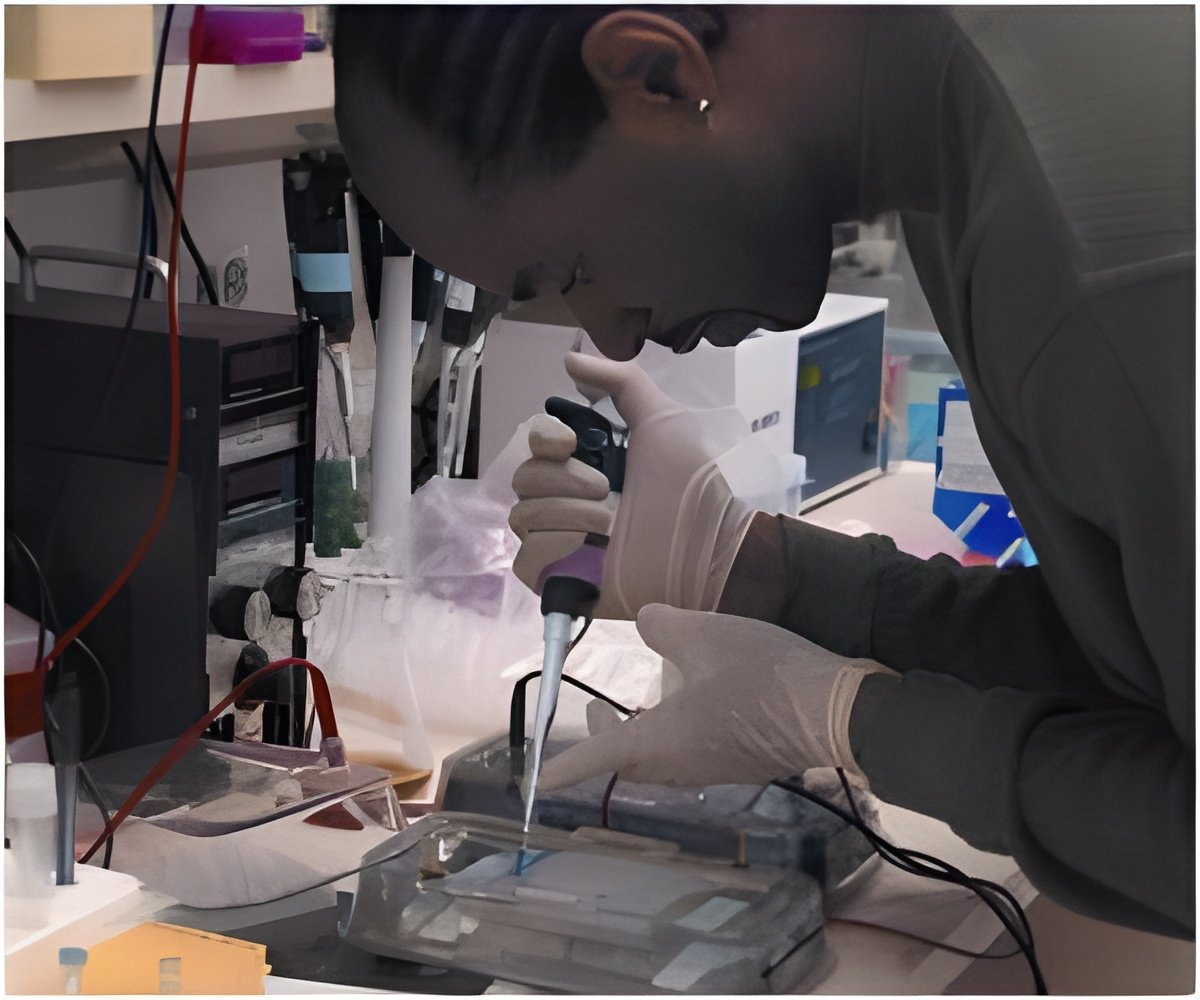
‘Phorbiplatin, the drug to kill cancer cells, is the first small-molecule platinum(IV) prodrug that can be activated by a red light, as red light penetrates deep without causing any adverse effects.’
Read More..Tweet it Now
Phorbiplatin is a small-molecule platinum(IV) anti-cancer prodrug. Prodrug is a compound that will only be pharmacologically active after activation inside the body. Phorbiplatin is shown to be inert in the dark but can be activated under low-power red-light irradiation. Read More..
"Under short-period irradiation with low intensity of red light (650 nm, 7 mW/cm2) and without any external catalyst, phorbiplatin is reduced to oxaliplatin, a first-line clinical chemotherapeutic drug, as well as pyropheophorbide a (PPA), a photoactivation ligand. Both substances are effective in killing tumor cells," Dr Zhu explained the controllable activation property.
"Phorbiplatin is the first small-molecule platinum(IV) prodrug that can be activated by a red light," he added.
Unique photoreduction mechanism first discovered
Previously, researchers utilized ultraviolet light to activate small-molecule platinum anti-tumor drugs. However, ultraviolet light has poor penetration depth and can also damage cells. Therefore related experiments have not yet been conducted in vivo. On the contrary, "red light does not harm normal cells. And it possesses higher penetration depth through the skin to reach the subcutaneous tumor," Dr Zhu explained his choice of red light in this research.
Advertisement
The team functionlized oxaliplatin with PPA, which is a photosensitizer in photodynamic therapy and highly sensitive to red light, as the photoactive ligand to obtain phorbiplatin. Under irradiation with low intensity of red light, PPA acts as a "photo-induced redox relay" to transfer electrons from reducing agents to the platinum(IV) center to facilitate the reduction process, and as a result, releasing oxaliplatin.
Advertisement
Significantly improved anti-tumor activity
The team also examined the cytotoxicity of phorbiplatin to different tumor cells. They found that platinum-sensitive (A2780) human ovarian cancer cells treated with phorbiplatin under red light irradiation showed high fractions of dead (68.0%) cells.
Compared with oxaliplatin, phorbiplatin displayed a remarkable ability to kill human breast cancer cells (MCF-7) with up to a 1,786-fold increase in photocytotoxicity, and a 974-fold increase for platinum-resistant (A2780cisR) human ovarian cancer cells.
Moreover, phorbiplatin with irradiation significantly inhibited tumor growth in mice, with 67% reduction in tumor volume and 62% reduction in tumor weight compared with mice treated with oxaliplatin, PPA, and even a mixture of oxaliplatin and PPA. The body weight of the mice treated with phorbiplatin did not change significantly, highlighting its safety. Dr Zhu stressed that phorbiplatin is kinetically stable in the dark. In their toxicity tests, it indicated low toxicity to the normal human lung fibroblasts (MRC-5) in the dark. And for the mice treated with phorbiplatin under irradiation, their organs like heart, liver, spleen, lung and kidney were in good conditions, further confirming the safety of phorbiplatin.
On the contrary, there was liver damage in the mice treated directly with the mixture of oxaliplatin and PPA under irradiation.
A window for development of photoactivatable prodrugs
Dr Zhu suggested that the controllable activation property and superior anti-tumor activity of phorbiplatin significantly contribute to the development of photoactivatable anti-cancer prodrugs, especially platinum(IV) prodrugs that can be activated by red light, to reduce the adverse effects and conquer drug resistance of traditional platinum chemotherapy.
The team will work on pre-clinical study and conduct more toxicity tests as well as efficacy tests. He believed that due to the improved molecular structure, "it is easier for phobriplatin to enter the tumor and accumulate, causing DNA damage and eventually kill the tumor", in a way to overcome drug resistance issues.
Source-Eurekalert







